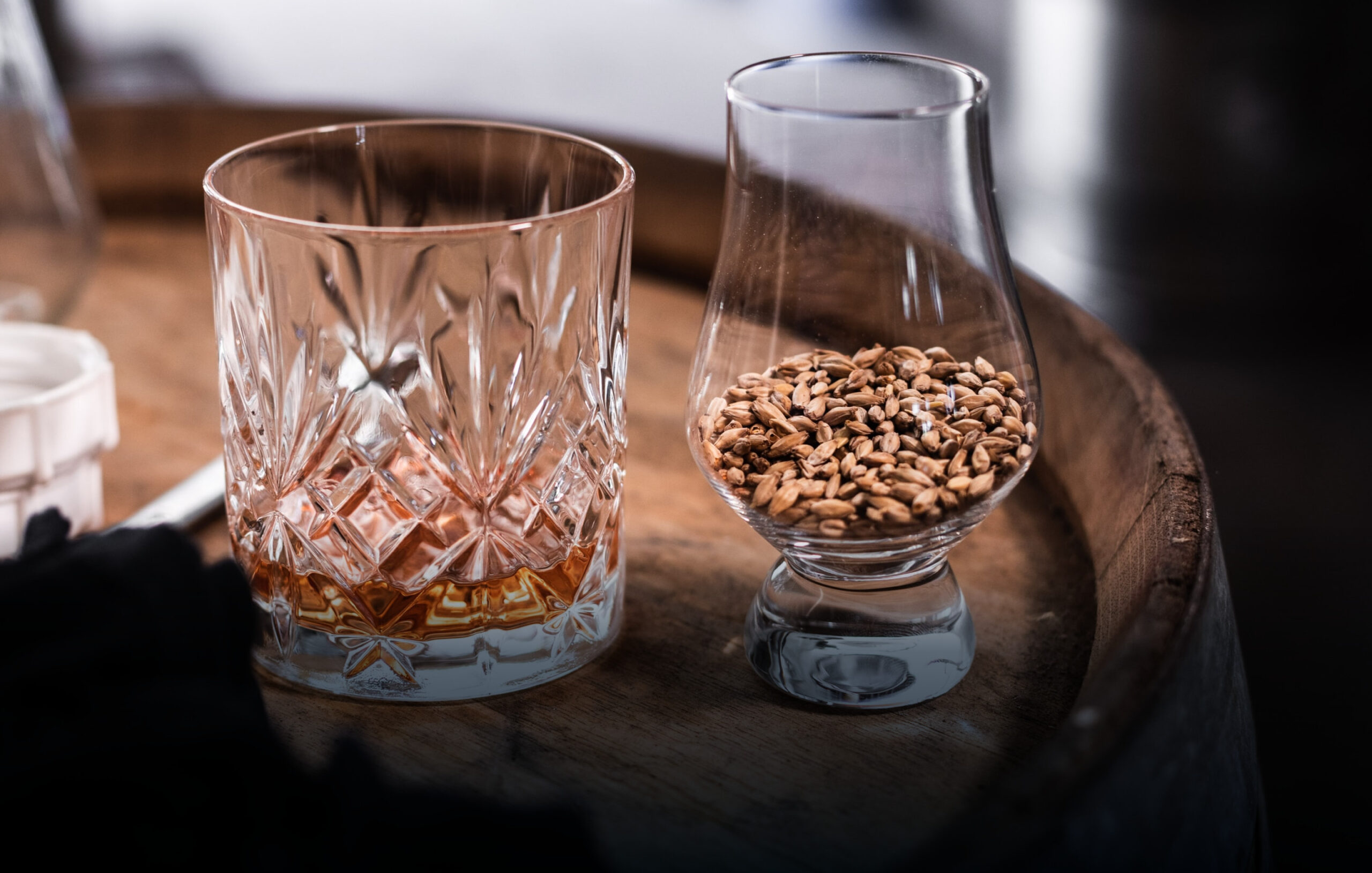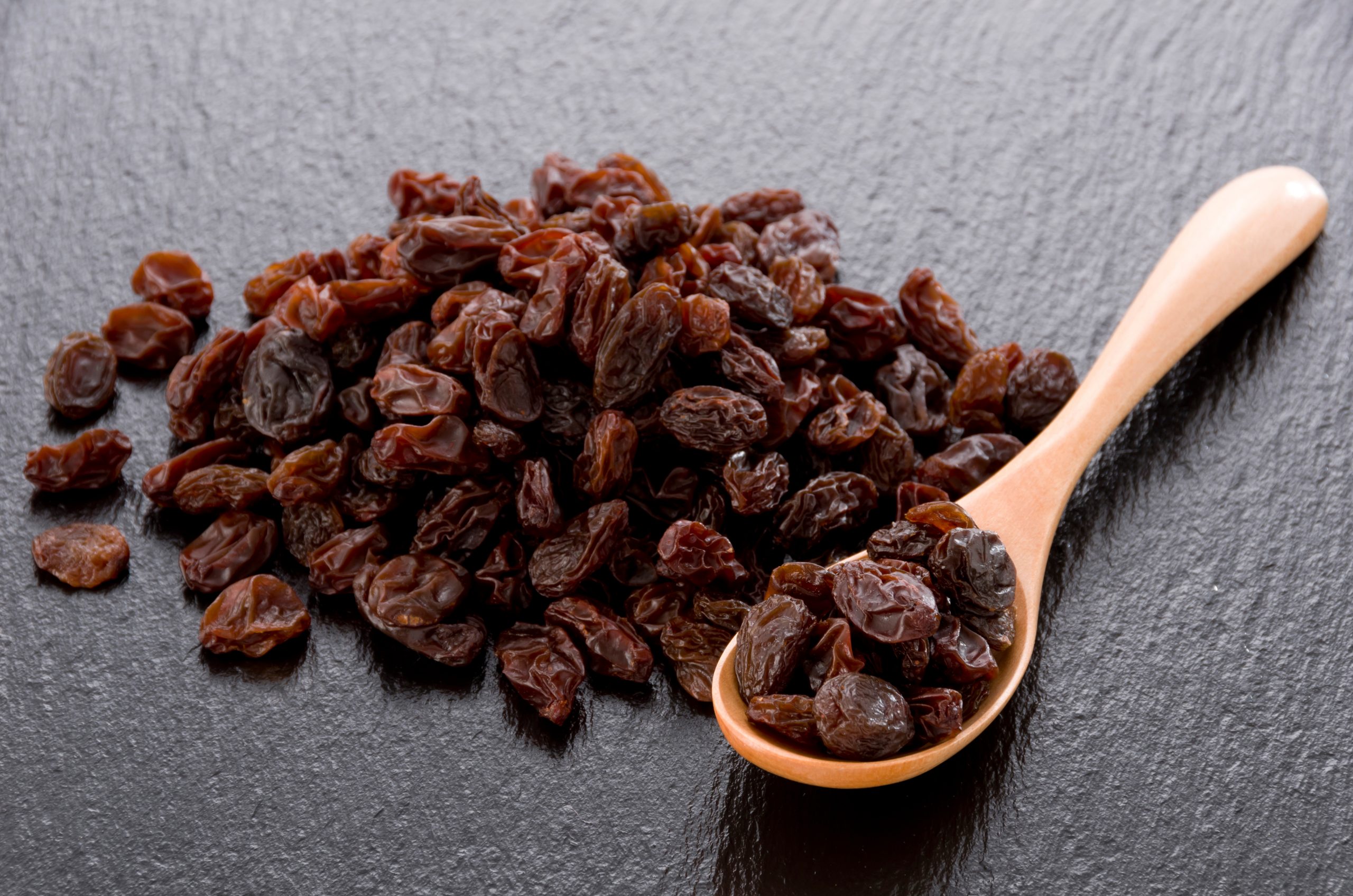A Brief History of Blended Scotch Whisky
Blending as we know it began in the early to mid 1800s. It is widely regarded as having started in grocery and wine stores. Here the owners would blend a variety of products arriving from around the British Empire such as tea, coffee, and exotic spices. The practise then extended to whisky with shopkeepers blending whiskies from local distilleries.
There are several key examples of such grocery store owners rising to prominence during this time, many of which are well-known blended Scotch whiskies today. These include John Walker who developed Johnnie Walker in his store in Kilmarnock; John and James Chivas (Chivas Regal) in Aberdeen; George Ballantine (Ballantine’s) in Edinburgh; Arthur Bell (Bell’s) in Perth; and William Teacher (Teacher’s) in Glasgow.
A key date in the development of modern blended whisky came in the early 1830s. An Irishman named Aeneus Coffey invented and patented the first column still, which has since become known as the Coffey still. The production of lighter single grain whiskies made using the column still revolutionised the blending industry.
Prior to this, the blenders had married together single malts which were known for their robust and unpredictable character at the time. This was done to make them more palatable to a wider audience.
The popularity of blends grew and were the only whiskies that were widely available. This was aided by the spread of the British Empire, especially during the late Victorian era. For example, Johnnie Walker was in 120 countries before Coca Cola first left the USA in the 1920s.
Single malt did not really exist as a category until the 1960s, when Glenfiddich launched Pure Malt as the first commercially available bottling. Even as sales of single malts grew, the popularity of blends remained. This remains the case today with only 10% of all Scotch whisky sales being single malt. The rest are blends.





